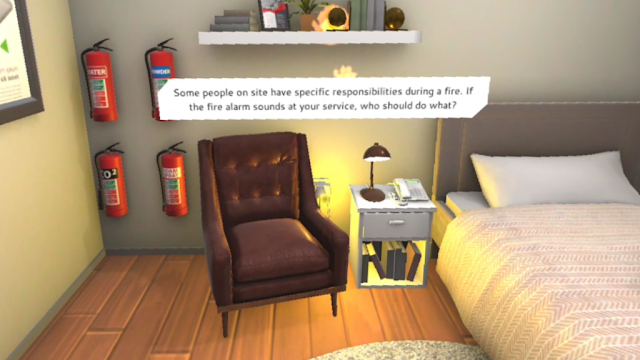All about Engaging Communication
Engaging communication refers to any type of communication that effectively captures and maintains the attention of the audience. Whether you are communicating through written or verbal means, engaging communication can help you to achieve your objectives, build stronger relationships, and make a lasting impact on those you interact with. In this guide, we will explore several key strategies that you can use to improve your communication skills and engage with your audience more effectively.
Know Your Audience
The first step to engaging communication is understanding your audience. Whether you are speaking to a large group or having a one-on-one conversation, it's essential to know who you are communicating with. You should consider the age, education level, interests, and cultural background of your audience. This information will help you to tailor your communication style and language to their specific needs and preferences, making it easier for them to connect with you and understand your message.
Use Simple Language
One
of the keys to engaging communication is simplicity. Complex language and
technical jargon can confuse your audience and make it harder for them to
understand your message. Instead, try to use simple and straightforward
language that your audience can easily comprehend. Use short sentences, avoid
using too many technical terms, and try to explain any complex concepts in
simple terms.
Tell Stories
People
love stories, and storytelling is a powerful way to engage your audience.
Whether you are giving a speech or writing an email, incorporating stories can
help to capture and maintain your audience's attention. Try to use personal
anecdotes or examples that illustrate your message and make it more relatable
to your audience.
Use Visuals
Visual
aids such as images, videos, and infographics can help to break up the monotony
of written or verbal communication and make your message more engaging. Use
visuals that are relevant to your message and help to illustrate your points.
Keep in mind that too many visuals can be distracting, so use them judiciously.
Use Active Listening
Engaging
communication is not just about what you say, but also about how you listen.
Active listening involves paying attention to the speaker, asking clarifying
questions, and responding appropriately. When you actively listen, you show the
speaker that you care about their message, which can help to build stronger
relationships and improve the effectiveness of your communication.
Show Enthusiasm
When
you are enthusiastic about your message, it can help to engage your audience
and make them more receptive to your message. Speak with energy and passion,
and try to convey your excitement about the topic. Enthusiasm is contagious,
and when your audience sees how excited you are, it can help to inspire them
and make them more engaged in the conversation.
Practice
Empathy
Empathy
is the ability to understand and share the feelings of another person. When you
practice empathy in your communication, it can help to build trust and
strengthen relationships. Try to put yourself in the shoes of your audience and
consider how they might be feeling. This will help you to communicate more
effectively and build stronger connections with those you interact with.
In
conclusion, engaging communication is an essential skill that can help you to
achieve your goals, build stronger relationships, and make a lasting impact on
your audience. By understanding your audience, using simple language, telling
stories, using visuals, practicing active listening, showing enthusiasm, and
practicing empathy, you can improve your communication skills and engage with
your audience more effectively.




Comments
Post a Comment